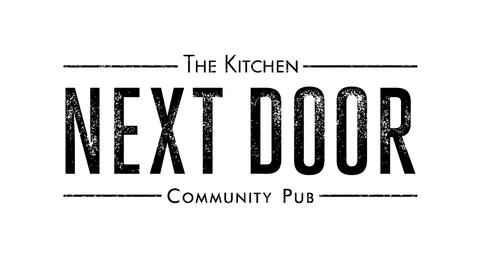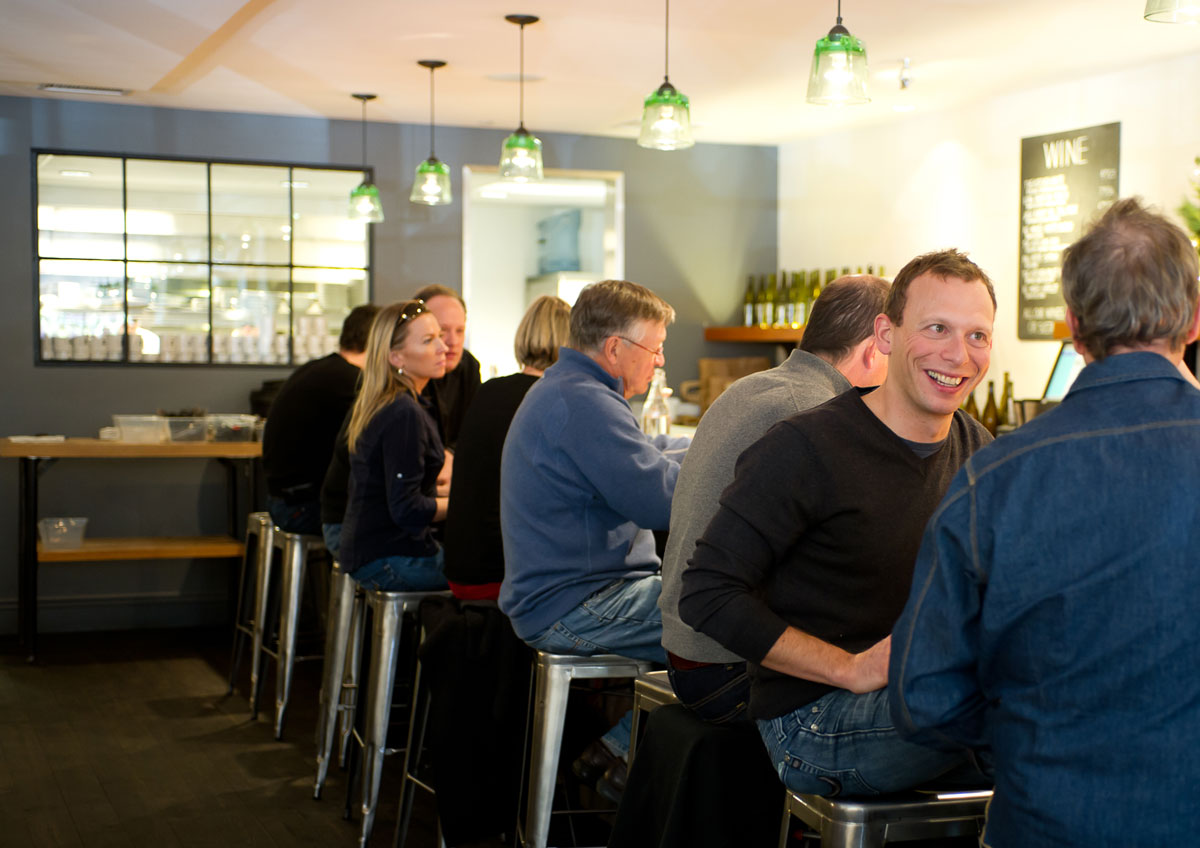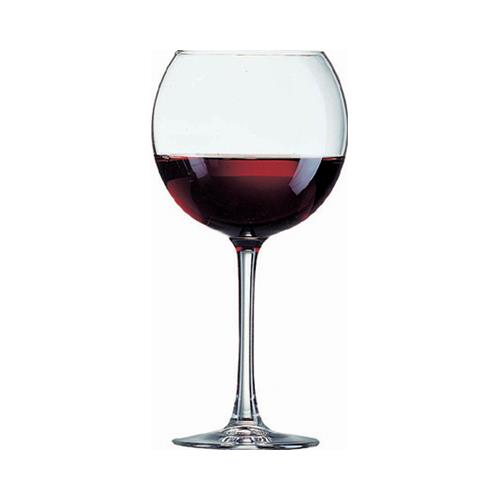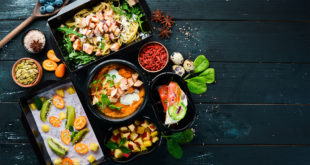
“And here is your glass of the house red. Don’t be surprised if it’s slightly chilled—that’s normal. Our house wine is served on tap.”
 The Kitchen Next Door is one of many restaurants utilizing wine on tap, otherwise known as “kegged wine.” Featuring their own special blends of both red and white wine varieties, the Kitchen Next Door has been featuring kegged wine since the original location opened in Boulder, CO back in 2011. “At first our customers were surprised to hear we offered kegged wine,” says General Manager of The Kitchen Next Door, Zach Schiffer, “But after tasting how fresh and smooth the wine is, it’s soon become a customer favorite. It’s also great for the environment, which is an important value in The Kitchen Community.”
The Kitchen Next Door is one of many restaurants utilizing wine on tap, otherwise known as “kegged wine.” Featuring their own special blends of both red and white wine varieties, the Kitchen Next Door has been featuring kegged wine since the original location opened in Boulder, CO back in 2011. “At first our customers were surprised to hear we offered kegged wine,” says General Manager of The Kitchen Next Door, Zach Schiffer, “But after tasting how fresh and smooth the wine is, it’s soon become a customer favorite. It’s also great for the environment, which is an important value in The Kitchen Community.”
Why should I offer kegged wine?
Primarily cost and efficiency.
Bottling is extremely costly for wineries, and those costs are translated into the price of the wine. By skipping the bottling process altogether, wineries save about 25-30%, and those savings also get passed down to you—as in profit margins in excess of 25%. Plus with little to no spoilage in traditional wine by the glass programs, you’ll save on waste—not bad, right? Also, consider this—instead of shipping 27 bottles of wine (roughly 120 5 ounce pours), suppliers can ship a single keg, saving the restaurateur big on added shipping costs.
Due to the lower costs of wine on tap, restaurants are enjoying the opportunity of adding higher end wines by the glass to their customers that they would’ve been unable to do so before. Additional offerings creates a well-rounded wine list that makes a favorable first impression to diners. Not only that, some restaurants are even creating their own proprietary blends.
And if those savings to your bottom line aren’t enough to give you a warm, fuzzy feeling, kegged wine diverts millions of bottles headed straight to the landfills. So go ahead, give yourself a well-earned pat on the back for doing something good for the environment as well.

OK, sounds great—but how does it taste?
Like screwcap wine bottles when they were first introduced on the market, kegged wine battles against a long-debated stigma of being lower quality wine that tastes awful. This negative perception from consumers forced restaurateurs to meet expectations by serving bottled wine in the traditional way.
But let’s be fair, the science behind great tasting wine is simple:
1. Start with good wine
I promise I’m not trying to be trite. A glass of great tasting wine begins long before it was bottled—it all starts with the quality of grapes grown, the amount of quality grapes harvested (droughts, excessive rain and other environmental factors greatly affect crops), and the fermentation process.
2. The wine has to be fresh
How many days has an open bottle in your wine by the glass program sat on a shelf? Oxygen dulls the flavor of most wines, and proper storage is key to a great tasting glass of wine.
Storing the wine in the proper environmental conditions prevents over-oxidization or over-heated—all of this is much easier with kegged wine, since it never touches air in the wine-making process. Plus, kegged wine is less susceptible to variations in temperature, so no need to worry about unusual frosts or unseasonably warm transport days.
Wine in a keg versus wine in a box—what’s the difference?
Perhaps the largest challenge you’ll face with kegged wine is the stigma. Though kegged wine has been a European staple for many years, it’s a fairly new concept for the states. Educating the customer is part of the gig
Any preexisting bias your customers had for kegged wine will dissipate quickly after a taste. In fact, I challenge a customer to discern a difference in the wine, aside the obvious chill factor for red wines. Be sure to elevate the customer’s experience by pouring wine in its proper glassware:
 Red Wine Glasses
Red Wine Glasses
These glasses typically feature wider brims and deeper bowls that allow red wines to breathe.
 White Wine Glasses
White Wine Glasses
These glasses often have narrow bowls that taper towards the top to trap a white wine’s delicate aromas.
Sign me up!
Interested in serving wine on tap for your restaurant? Check out Free Flow Wines and their extensive list of participating wineries to help you get started »
For more information on kegged wine, learn more from Wine Industry Insight and Bottleneck Management.
 Corner Booth Blog | TundraFMP Restaurant Supply, News & Equipment Blog
Corner Booth Blog | TundraFMP Restaurant Supply, News & Equipment Blog



